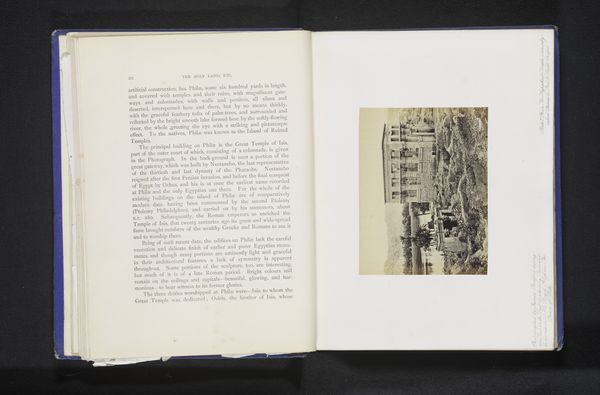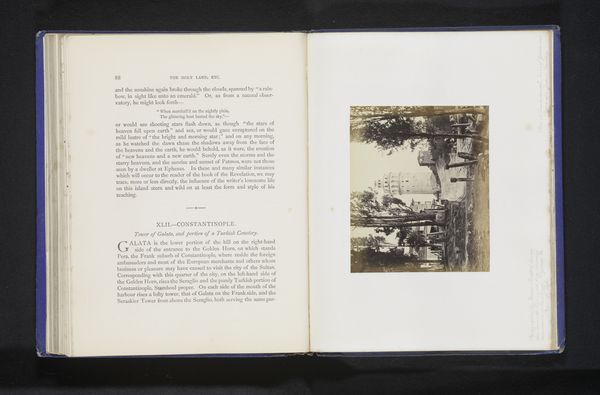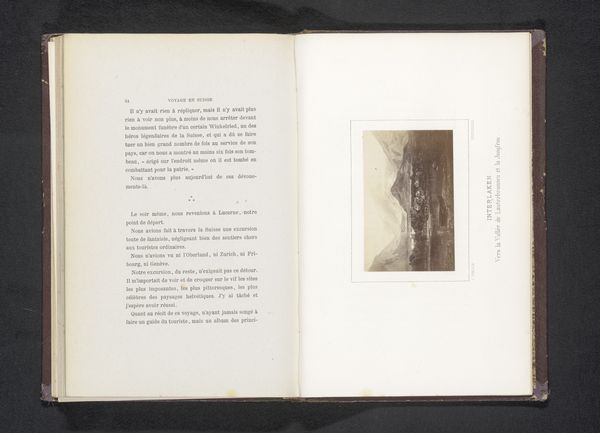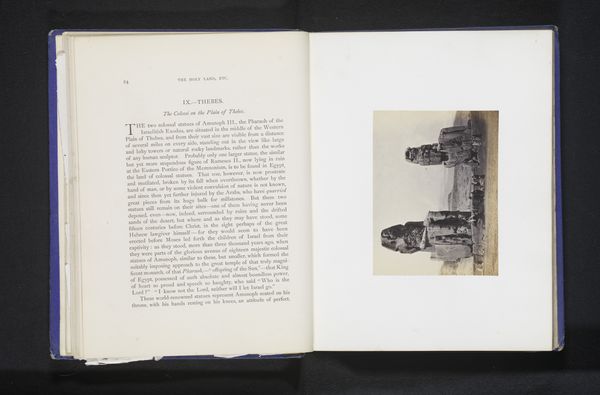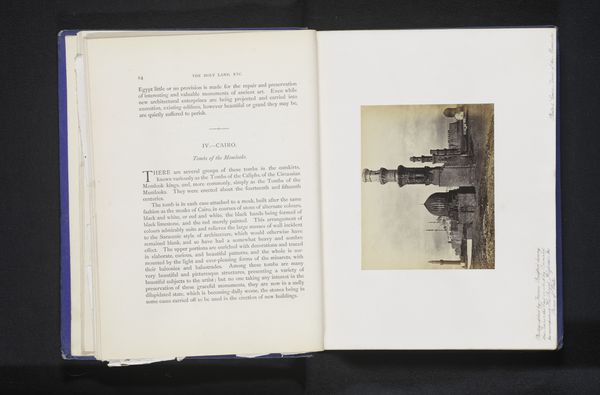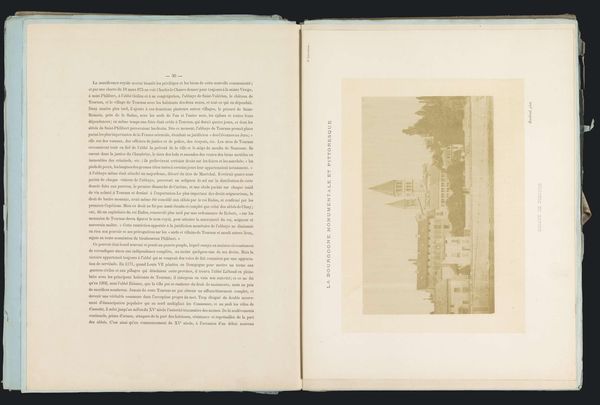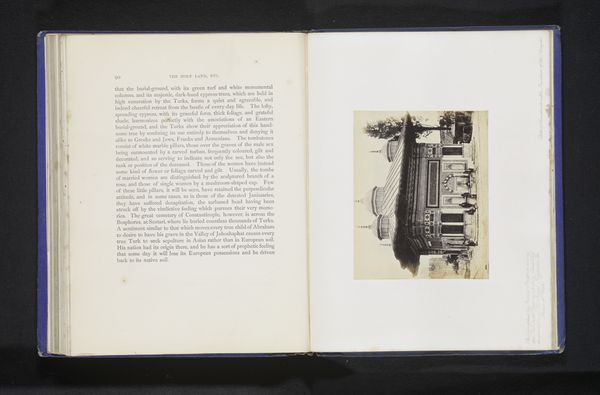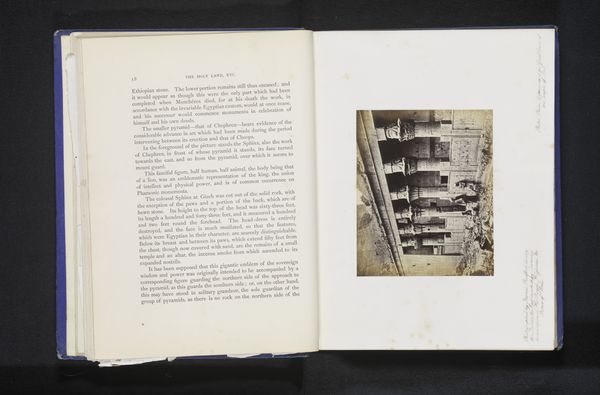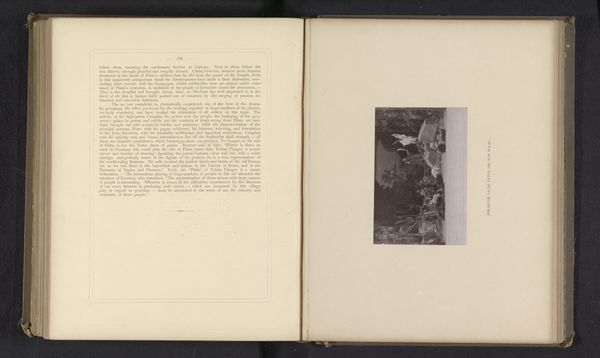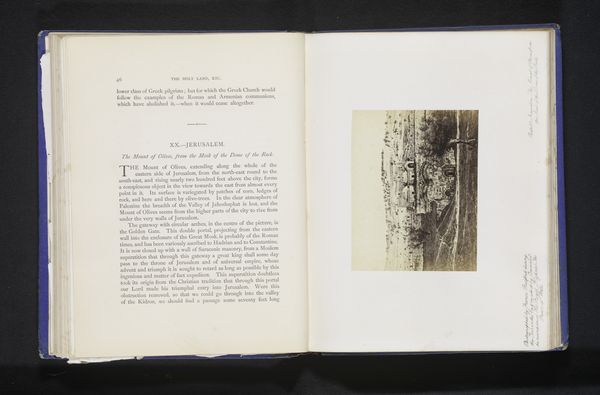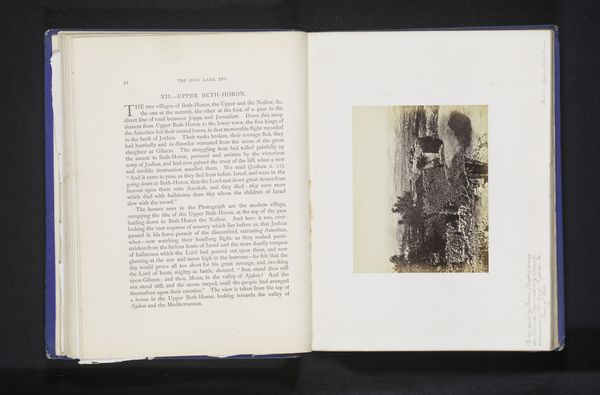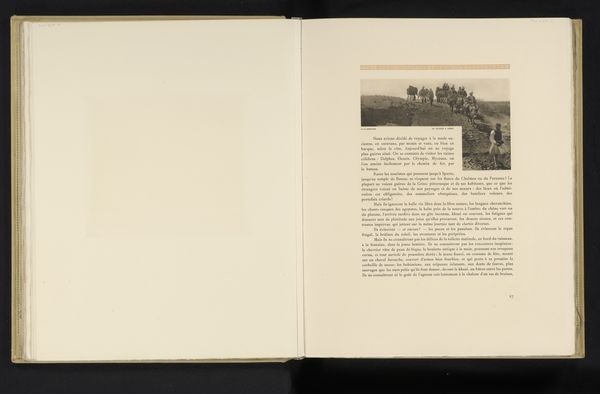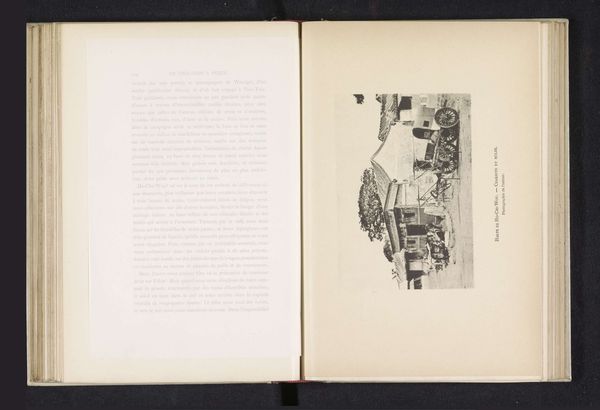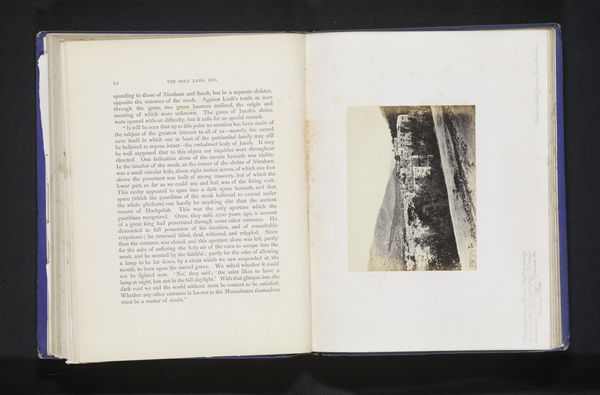
print, paper, photography, gelatin-silver-print
#
paper non-digital material
# print
#
landscape
#
ancient-egyptian-art
#
paper
#
photography
#
ancient-mediterranean
#
gelatin-silver-print
#
paper medium
#
building
Dimensions: height 102 mm, width 125 mm
Copyright: Rijks Museum: Open Domain
This photograph of the Toegangsportaal van de Luxortempel was created by Francis Bedford sometime in the mid-19th century, using a process called albumen printing. Bedford was one of many photographers who capitalized on growing European interest in the Middle East and Near East. The albumen process involved coating paper with egg white and silver nitrate, creating a surface that was highly sensitive to light. It allowed for detailed and stable images to be produced from glass plate negatives. Looking at the photograph, you can see the way the albumen emphasizes the rough, massive character of the stonework. The intensity of the sun is almost palpable. The photograph not only captures the temple’s visual appearance, but also hints at the intense labor required to create such massive structures, all those centuries ago. Bedford, with his glass plates and chemical solutions, was involved in a different kind of labor, one of documentation and dissemination. By considering the materials and processes involved, we can appreciate how photography, like other forms of making, is deeply entwined with broader histories of labor, politics, and consumption.
Comments
No comments
Be the first to comment and join the conversation on the ultimate creative platform.
